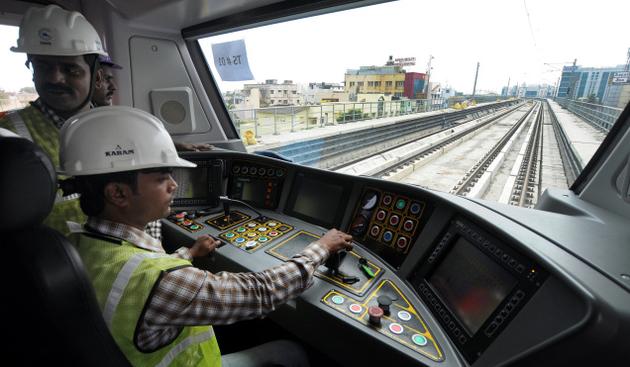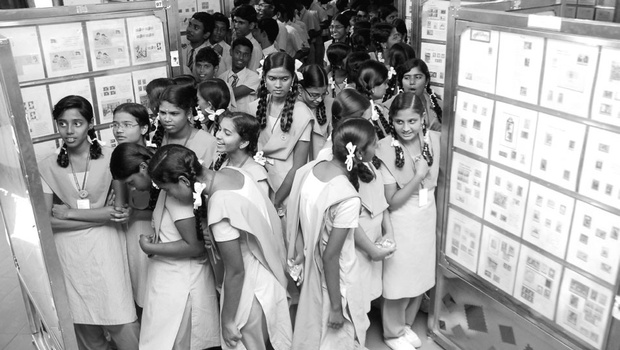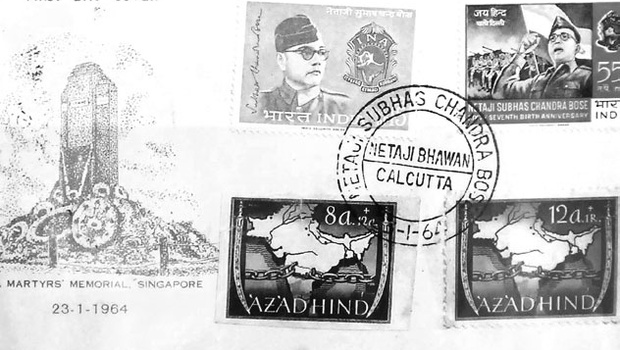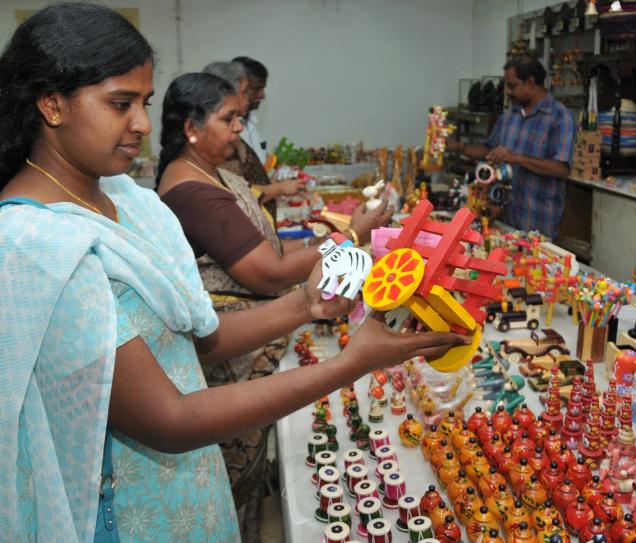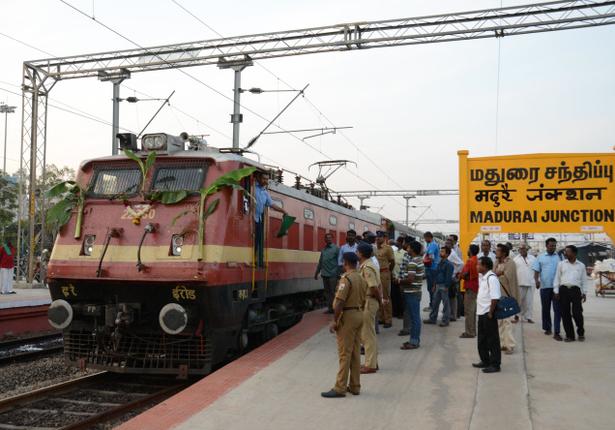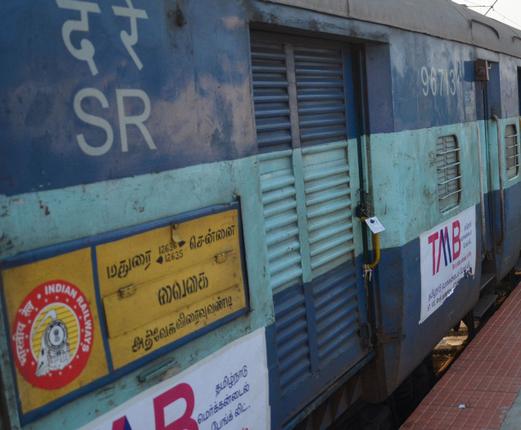Madurai :
Railways played an important role much early in Madurai, though its significance for the city has diminished now. Pointing to its former pre-eminence, one important locality in the city is known as Karimedu. It was around here that the coal yard of the Madurai junction railway station existed when steam engines chugged along the tracks. The busy Mothilal Main Road, formerly Karimedu Main Road, and the eight-decade-old central fish market are parts of Karimedu locality.
Till the late 1960s, a vast area of Karimedu was used to store coal and dump spent coal. Several agents were involved in processing both types of coal. The former steam locomotive yard near Karimedu is presently the train maintenance yard.
While coal was used as fuel for the locomotives, spent coal was used as fertilisers and there was always demand for latter too, said G Gurusamy, a 66-year-old retired locomotive supervisor who worked in Madurai.
Recalling the days of steam engines and the significance of Karimedu coal yard, Gurusamy said: “Steam engines were real monsters and driving one required lot of skill and a sound physique. Most steam locomotive pilots were Anglo-Indians and Muslims because of their physical strength.”
Many elderly residents in Karimedu recalled that it was the outskirts of the city under the British. Old-timers here have something to tell about coal. “As children we used to collect spent coal and hand it over it to vendors,” an old man said.
Though collectively known as Karimedu, no street in the area bears this name except the fish market and the police station named after the locality. “The area from fish market to Bharathiar Road in Melaponnagarm was known as Karimedu. The Mothilal Main Road was once known as Karimedu Main Road,” said G Kalimuthu, a resident. V Stalin, another resident, said street names were changed post independence and almost all of them were named after national leaders. “One reason for this could be that these areas provided shelter and protection to Congress and Communist leaders who were wanted by the British authorities,” he said.
source: http://www.timesofindia.indiatimes.com / The Times of India / Home> City> Madurai / by J. Arockiaraj, TNN / February 09th, 2014
